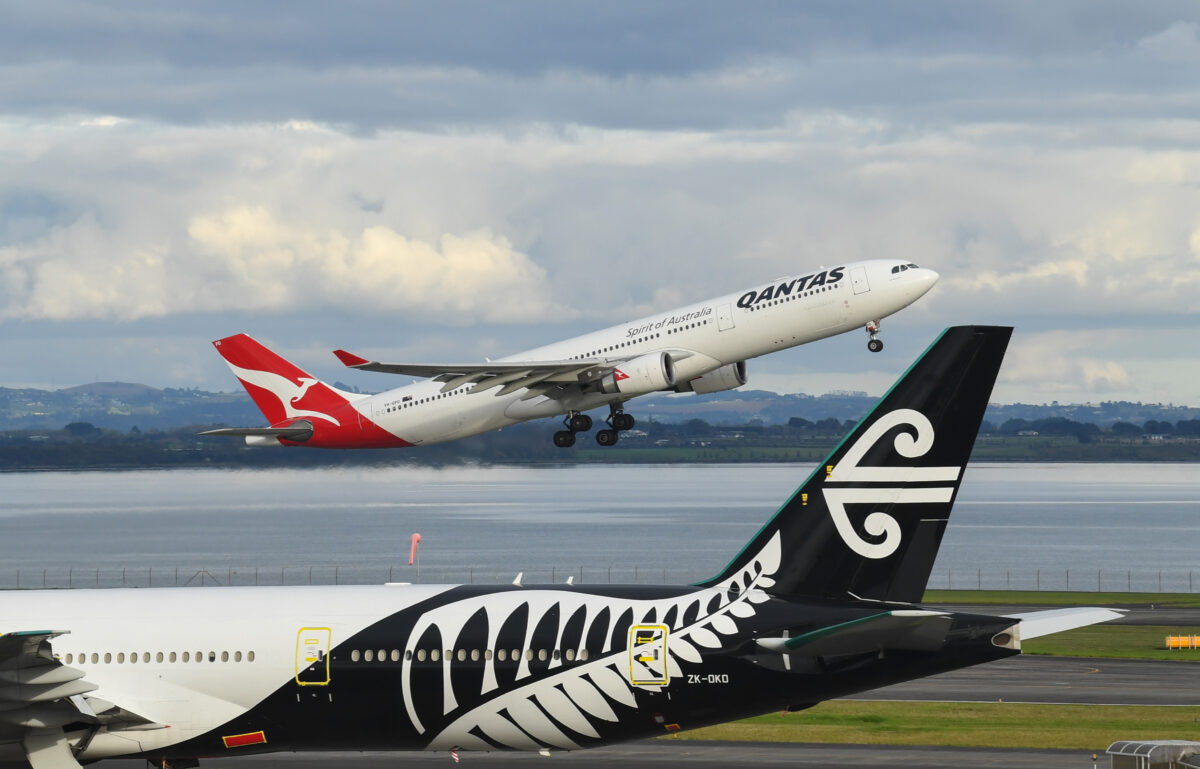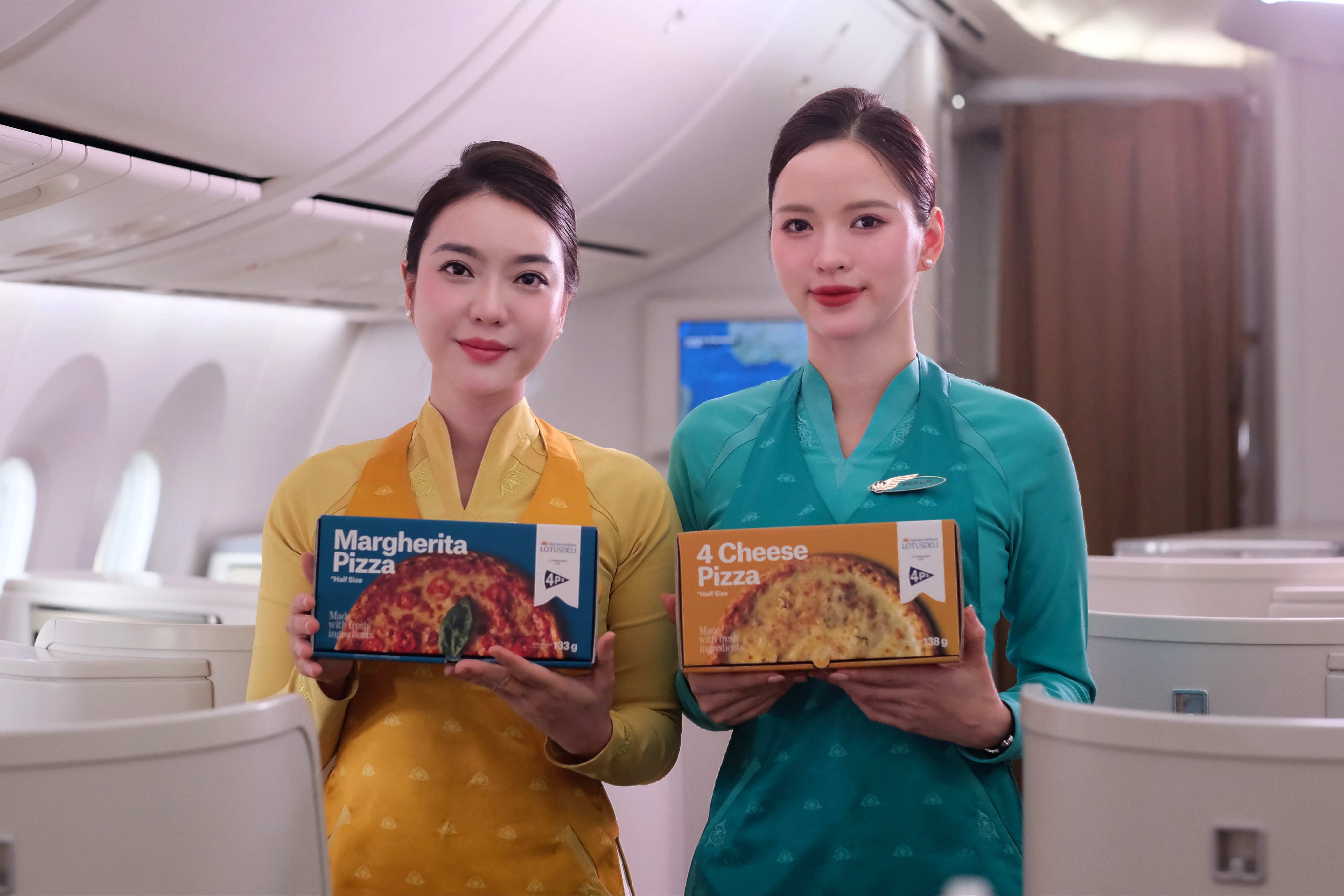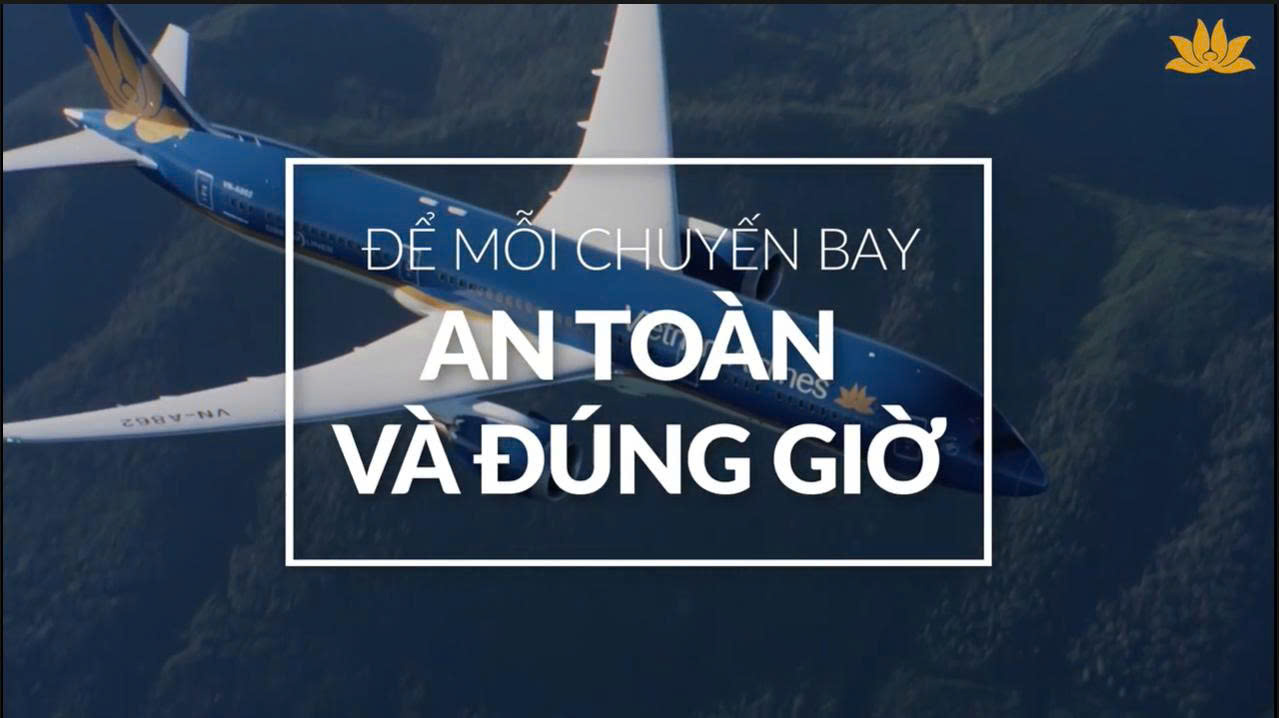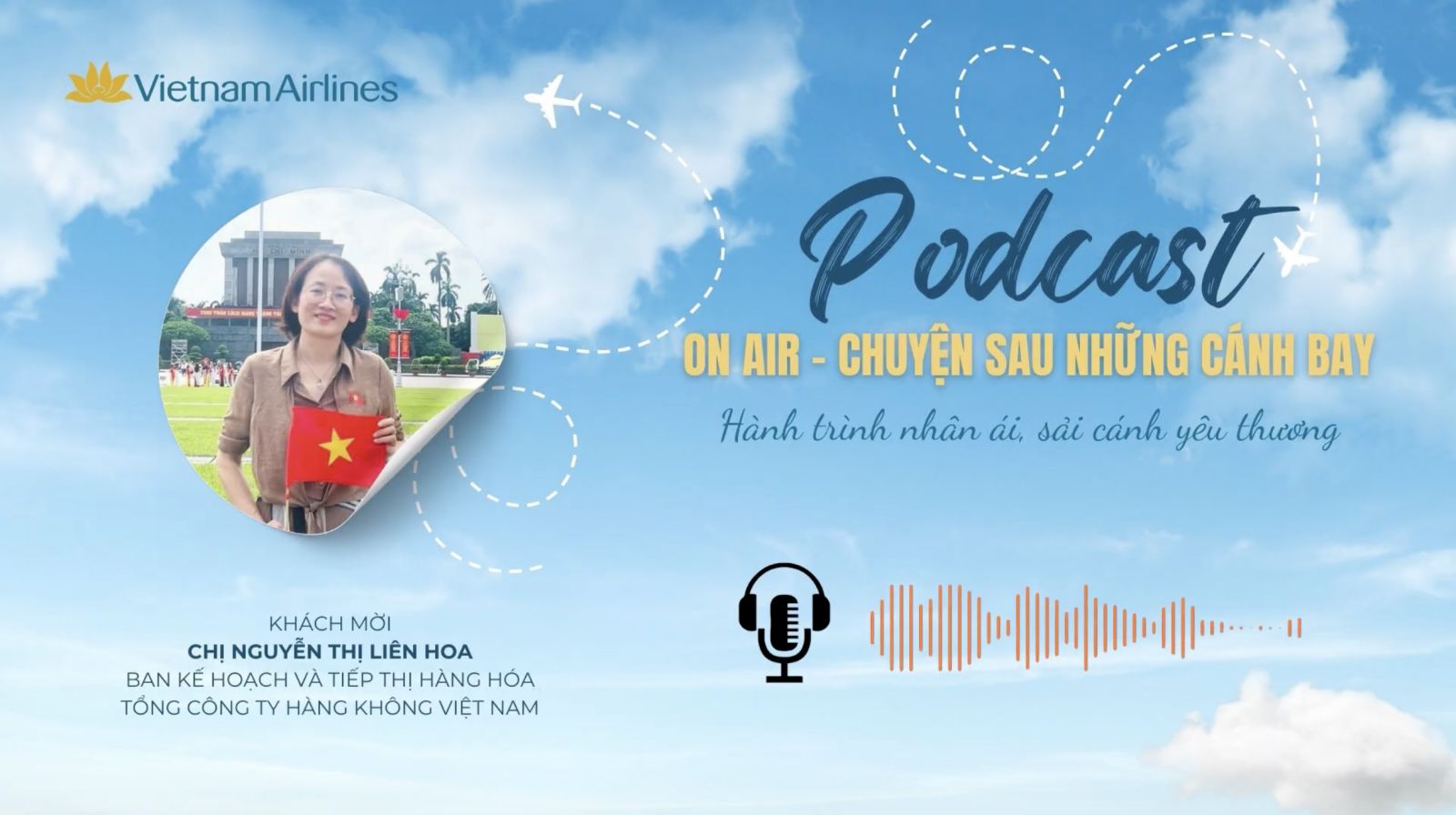
International passenger demand remains subdued around the Asia-Pacific region. (Photo: Getty Images)
Asia-Pacific international passenger demand at 3.6% of 2019 levels
April 2021 Asia-Pacific traffic results recently released by the Association of Asia-Pacific Airlines (AAPA) confirm what many people know when they pass through near-empty airports – few people are flying around the region. Asia-Pacific airlines carried 1,126,000 international passengers in April 2021. That is substantially up on the 367,000 international passengers flown in April 2020, but just 3.6% of the 31,185,000 international passengers Asia-Pacific airlines flew in April 2019.
AAPA Director General Subhas Menon attributes this to a resurgence of COVID-19 in the region and ongoing travel restrictions.
“The emergence of different variants with higher transmissibility rates has deterred Asian economies from reopening their borders, with extended quarantine requirements further suppressing international travel demand.
“In Asia, the relatively slow pace of vaccinations continues to undermine the region’s economic recovery, in particular, the travel and tourism sectors which have been badly hit.”
Travel corridors prove prone to disruption
While freight remains a bright spot for most airlines in the region, subdued demand is keeping planes on the ground for extended periods of time. Available seat capacity on international services in the region in April was running at 4% of 2019 levels, and April 2021 passenger loads were averaging 26.4%.
Mr Menon notes bilateral travel corridors offer airlines some hope, but they remain vulnerable to disruptions. The postponement of the Singapore – Hong Kong travel corridor and the pause in quarantine-free flights between New Zealand and Melbourne is evidence of that.
The most successful travel corridor in the region, between Australia and New Zealand, is working well enough but in terms of demand, not performing as well as expected. Qantas has downgauged aircraft on many of its planned flights, trimmed schedules, and even quietly axed underperforming routes, such as their new service between Auckland and the Gold Coast. The AAPA Director-General says this reflects the challenging environment faced by Asia-Pacific airlines.

Demand is not meeting expectations on the travel corridor between Australia & New Zealand. (Photo: Getty Images)
AAPA says vaccinations and collaboration are the way forward
Mr Menon, a long-time advocate of standardized rules and collaboration between governments, says the airline industry needs to learn to live with COVID-19. The Director-General says the vaccination rollout and stakeholder collaboration are the way forward in the short to medium term.
“Accelerating vaccination rollouts will be key to paving the way for the restart of the travel industry. However, governments are still facing numerous challenges, including supply constraints and logistical issues.
“The collaboration of multiple stakeholders such as governments, airlines, airports and service providers, as well as the implementation of harmonized risk-based measures in accordance with ICAO and WHO guidelines, will be needed to restart international air travel in a smart, safe and sustainable way.”
What AAPA does not support are mandatory health passports. Subhas Menon argues doing so will discriminate against citizens of countries where the vaccination rollout is slower and ultimately hold back travel demand. In addition to the ethical question, such a move is ultimately detrimental to AAPA’s member airlines.
In the meantime, AAPA does not expect any substantial recovery in international travel demand in the Asia-Pacific region unless the present COVID related climate improves.
Cre: Simple Flying
Nguyen Xuan Nghia – COMM










